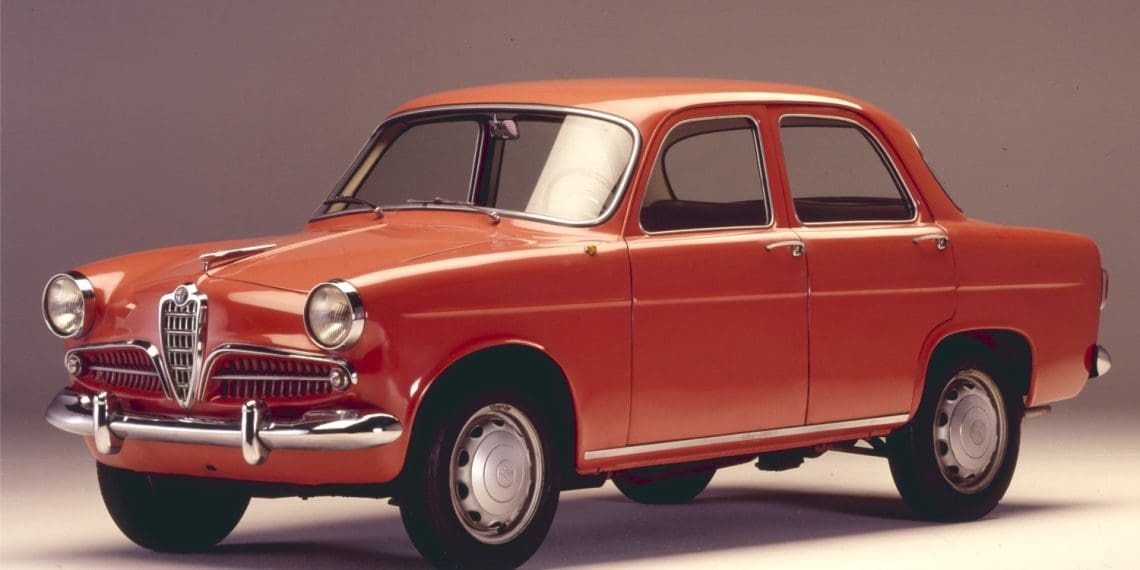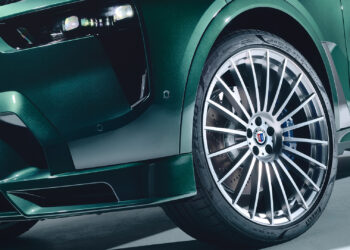Alfa Romeo is celebrating the 70th anniversary of one of its most iconic models, the Giulietta Berlina. Unveiled on April 20, 1955, at the Turin Motor Show, the Giulietta Berlina marked the definitive transition of Alfa Romeo from custom production to industrial production, bringing a sporty style and technology into the daily lives of Italians.
With over 130,000 units produced between 1955 and 1964, the Giulietta Berlina redefined the concept of a mid-sized car, essentially creating the premium and high-performance category.
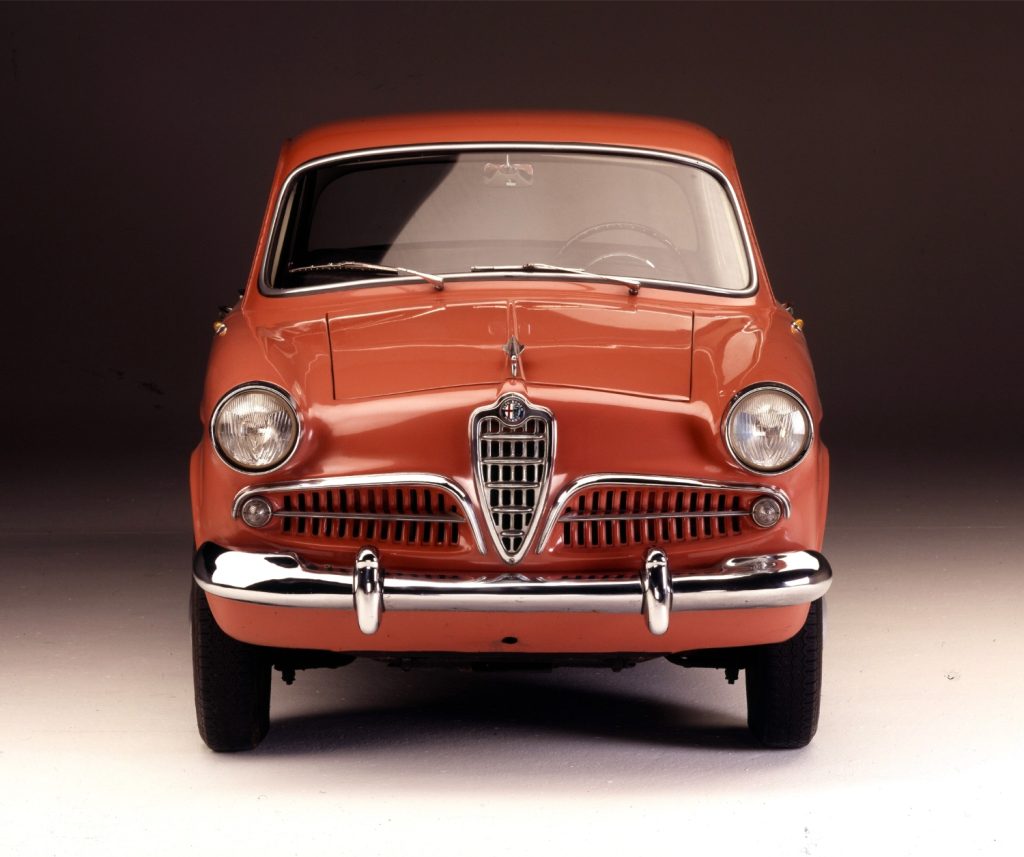
It is also worth noting that the production of the Giulietta Berlina marked a turning point for Alfa Romeo. Although mass production began with the 1900, the Giulietta was the vehicle that transformed the Portello factory into a modern manufacturing facility. Thus, in the early 1950s, the Milan factory was still geared towards custom production, unable to produce more than 50 vehicles per day.
With the Giulietta and the interventions of Austrian engineer Rudolf Hruska, the entire process was redesigned: new assembly lines were created, the workflow was reorganized, and the production phases were optimized. Within a few years, the Portello factory was able to produce up to 200 cars per day, quadrupling its capacity. This quantitative evolution was accompanied by a cultural evolution: Alfa Romeo was no longer just an elite brand, but a leader in the European automobile industry.
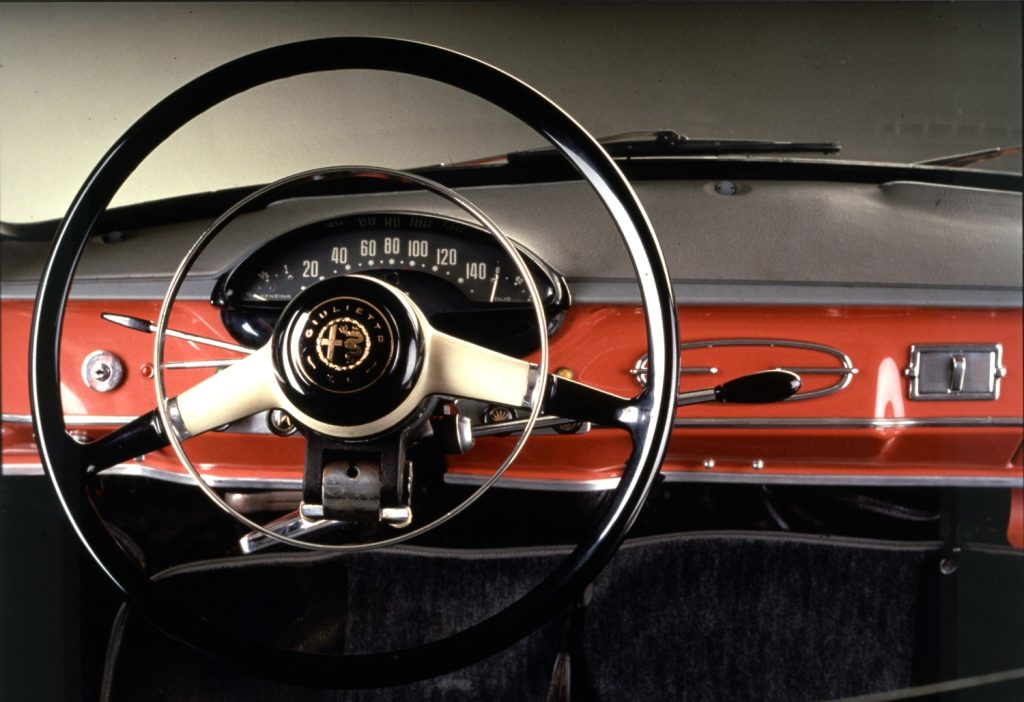
Technically advanced, the Giulietta utilized cutting-edge solutions for its time. For example, it was available with a 1,290 cc engine, featuring two camshafts, which produced 53 hp and reached a top speed of 140 km/h, which was incredible for the era, thanks to its low weight of 870 kg.
The Giulietta’s engine was made of aluminum (an absolute first in the automotive world), as was the outer casing of the transmission and differential. The cylinder liners were press-fitted in special cast iron. The valve system featured a dual overhead cam configuration (unique for a small power unit at the time), while the crankshaft was mounted on five bearings.
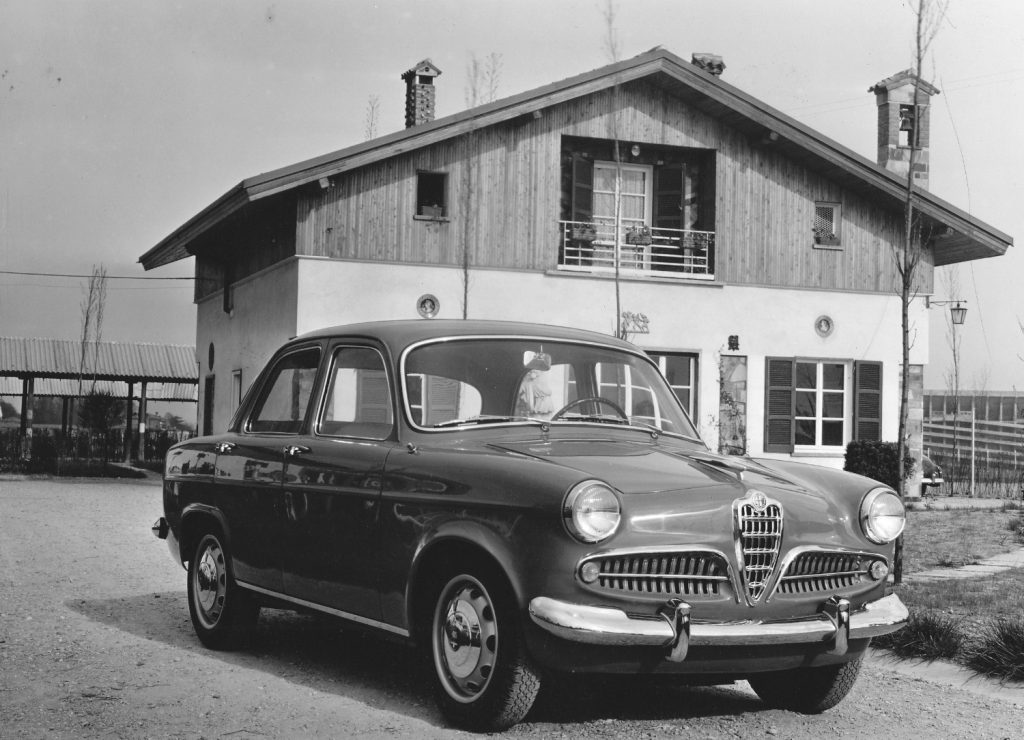
The rear-wheel-drive automobile also stood out for its gear shift on the steering wheel (a clutch lever became available as an option in 1957) and for the pull handbrake located beneath the dashboard, to the left of the steering wheel.
On its part, the front suspension was also independent with coil springs, triangular arms, and a stabilizer bar, while the rear suspension was independent, featuring coil springs, upper triangular arms, and bars. The braking system was composed of four drums produced through a special casting process by Alfa Romeo.
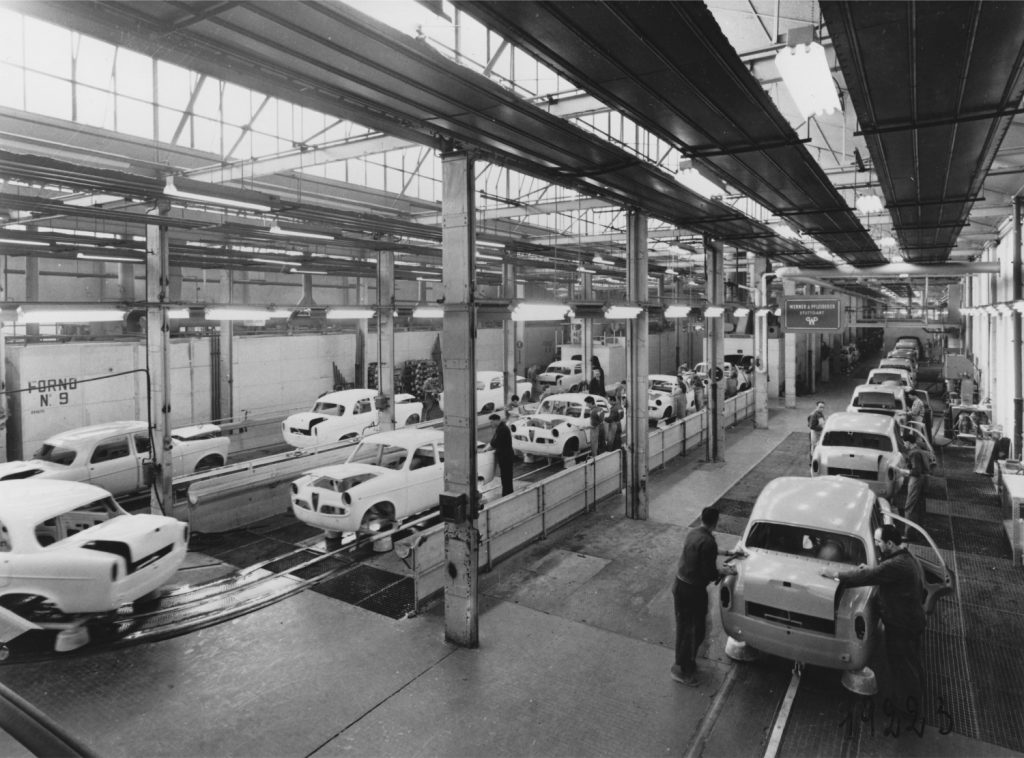
“The Giulietta Berlina brought Alfa Romeo’s sporting DNA into the everyday lives of Italians, putting cutting-edge engineering and its aspirations within reach of an emerging middle class. This model was able to blend the prestige of Biscione sports vehicles with the functionality of a family car, establishing itself as a symbol of progress and rebirth in post-war Italy.”, said Roberto Giolito, director of Stellantis Heritage.

